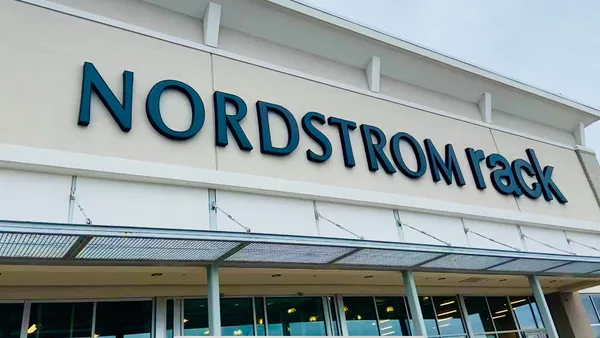Purple’s latest collections prove the DTC mattress brand is serious about focusing more on premium products.
The company on Monday introduced its Premium and Luxe Collections, adding nine new mattresses to its assortment.
The launch is the latest growth initiative for Purple since it acquired Intellibed last September, marking a step to better position the company in the premium mattress category.
But Purple’s push to offer more premium products follows years of quirky marketing to entice customers. The company is ready to broaden its assortment to reach a larger set of consumers, while using the technology that helped set it apart in the first place.
The premium collections are “new in positioning, but are still based on the GelFlex Grid — our proprietary materials that make our mattresses perform better than most,” CEO Rob DeMartini told Retail Dive. “You’re going to see a more premium and mature product positioning.”
The brand operates in three segments right now: Essentials, which includes products priced at $2,000 and under; Restore, which features products in the $2,000 to $4,000 range; and Rejuvenate, priced at $4,800 and above.
Expanding and redeveloping its product lineup is part of a strategic plan executives recently outlined, which also includes introducing a new brand positioning, investing in its wholesale partnerships and continuing to expand its showrooms. The launches come as Purple faces sales declines following a period of heightened demand during the pandemic. The brand on Wednesday reported that first quarter net revenue fell 23.6% year over year to $109.4 million, driven by a 25.3% decrease in wholesale revenue and a 22.5% decline in DTC revenue. The retailer’s net loss and operating loss also widened during the period.
But part of the reason DeMartini finds value in serving a larger customer base is that the thing that made many DTC mattress companies popular initially — fitting the product in a box and shipping it directly to customers’ doors — is no longer a novel concept.
“We think that the bed-in-a-box category by itself is not sustainable,” DeMartini said. “Consumers at different price points want to enjoy the GelFlex Grid, so this allows us to compete in three broader segments of the market.”
The collections will be available on Purple’s website, its 57 showrooms and select retailers nationwide.
The brand’s stand-alone showrooms will carry the largest mix of its premium products across all of its channels, DeMartini said, adding that the location of its stores plays a role in attracting more premium customers.
“Almost every one of them is in either a premium mall, like Short Hills in New Jersey, or a lifestyle and design center,” DeMartini said, noting a recently opened showroom at the SoCo Collection in Orange County, California. “These are places where we can reach consumers that aren't familiar with our brand, and where we can reach people who are in the process of either redesigning a home, remodeling a home or are moving.”
But DeMartini sees both Purple’s DTC and wholesale channels working hand in hand. In areas where the company operates a stand-alone showroom, its partners’ businesses get stronger, he said. That’s due in part to some consumers testing out Purple’s products and technology in its showrooms and then later visiting a partner location to ultimately make the purchase.
The focus on offering a range of products across different price points may also help Purple strengthen its partnership with its retail partners.
“This kind of brand migration is not easy, and it is challenging to have a brand play in this wide of a price tier. I think the bed-in-a-box players have been pigeonholed," DiMartini said. "We need to break out of that and offer our partners a legitimate alternative product versus the category leader. … Retailers want a premium product that provides a premium return. We believe that Purple can do that.”












